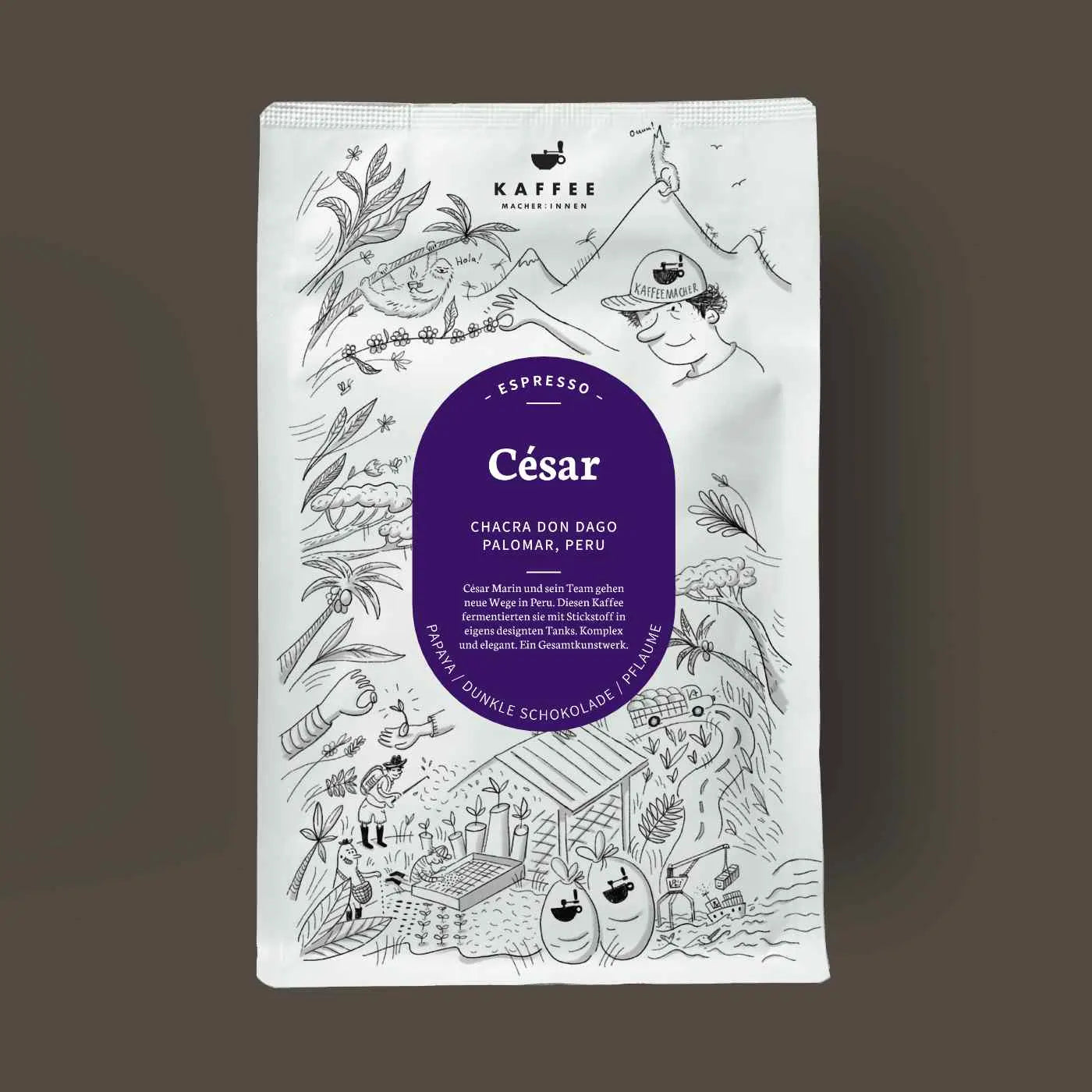
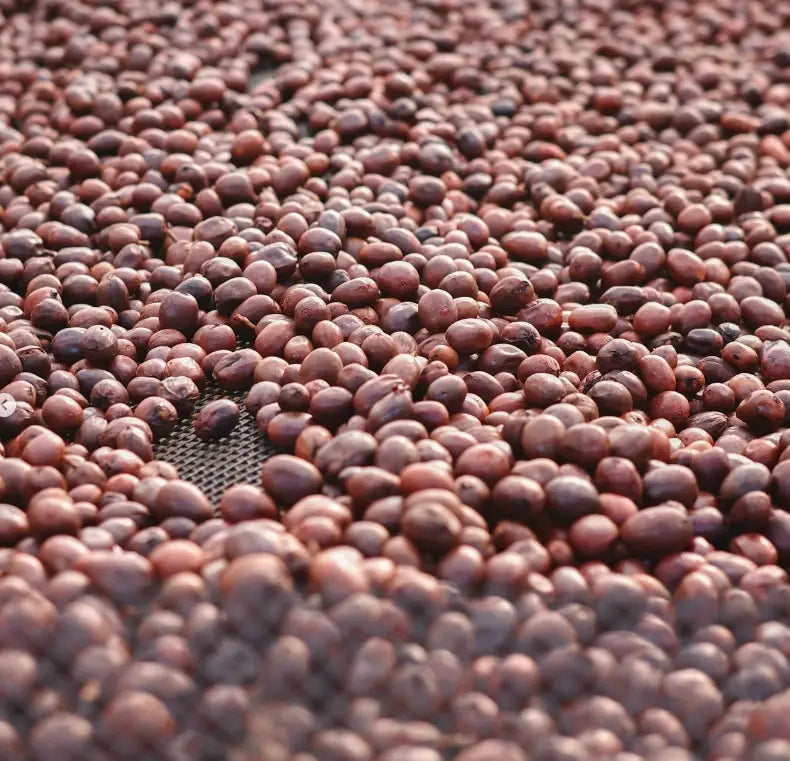
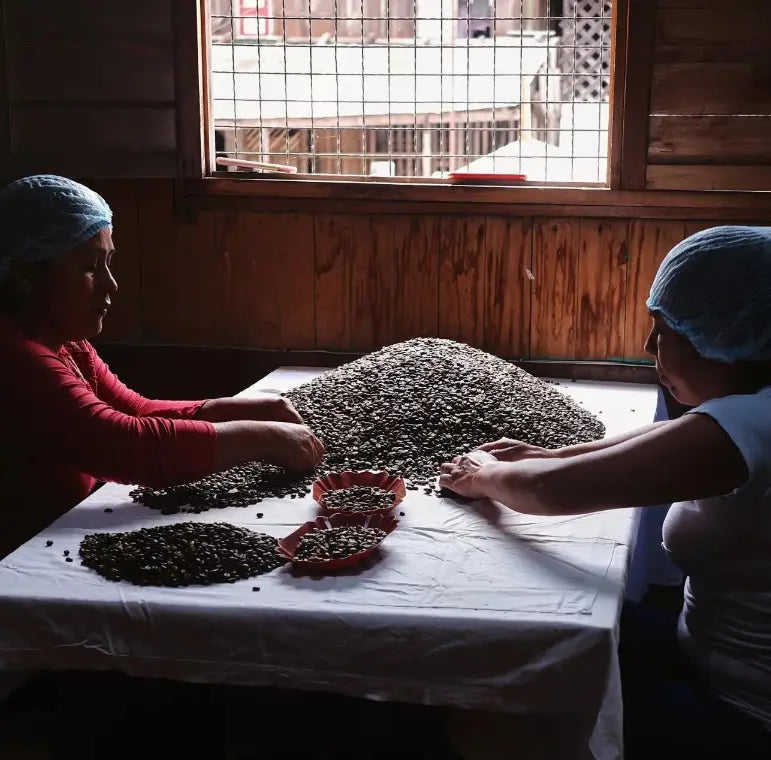
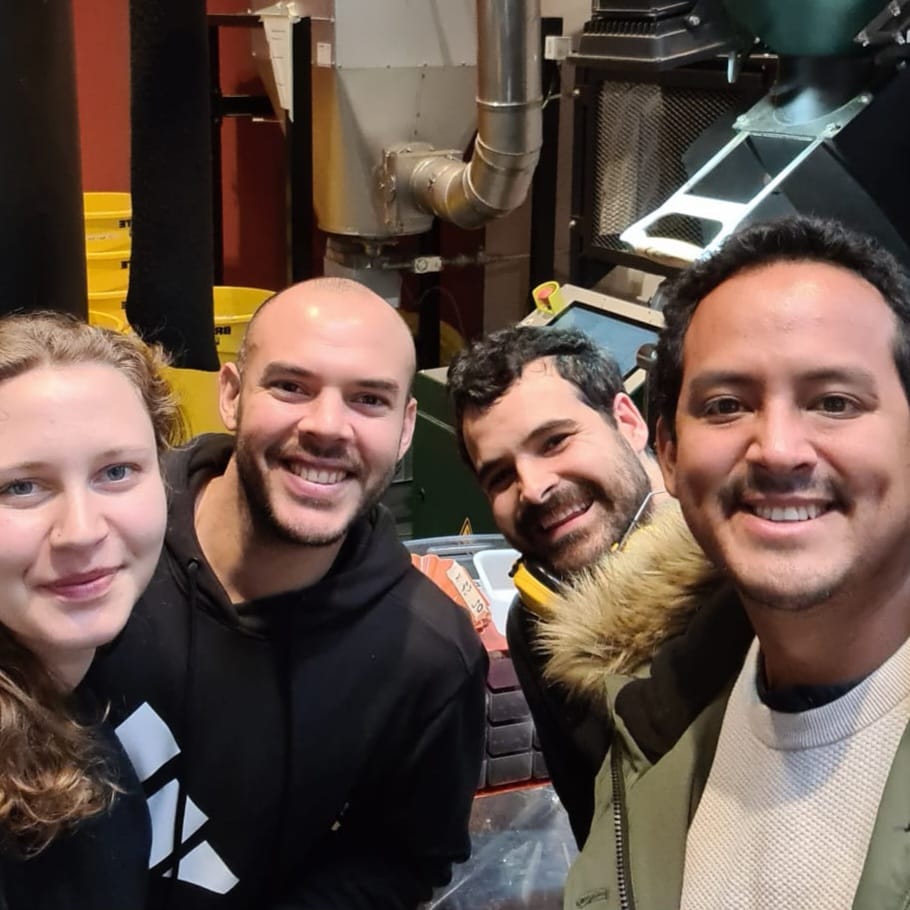
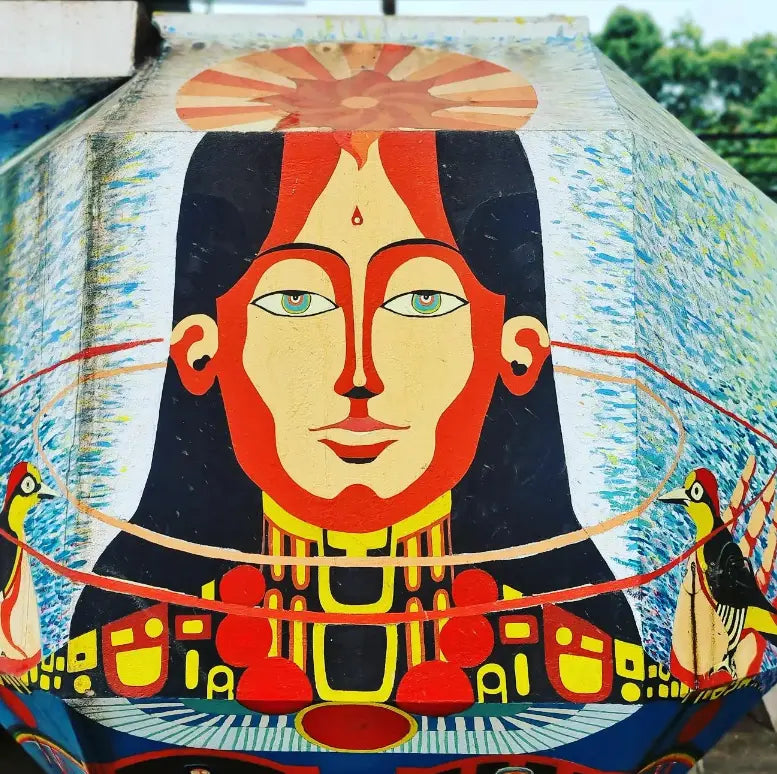
César - Espresso from Peru
A tropical-fruity, yet deeply chocolaty espresso, but also elegant - César's coffee wants everything and can do everything. César Marin is breaking new ground. He continues to run his father's farm and is constantly innovating. In southern Peru, not far from Villa Rica, he and his team produce coffees in harmony with nature on the Chacra d'Dago farm. We are impressed by his coffees, his philosophy and start a new relationship with César.
César - green coffee information
Roasted for: espresso and cappuccino, long coffee
Origin: Palomar, Chanchamayo, Peru
Producers: Chacra d'Dago
Varieties: Red Obata, 100% Arabica
Post-harvest process: Fermentation of the cherries in concrete barrels, then dried as natural
All of our coffees are sold as whole beans.
This is how our David would prepare César
Our David developed and optimized the recipe using the following equipment:
Water : total hardness 5 °dH, alkalinity 3 °dH
Mill: Niche Zero
Grinding degree: 17.5
Espresso machine: Ascaso Steel Duo PID with IMS 24.5 Competition sieve
Roasting age: 14 days
Here we show you in a short video how to set up such a recipe.
This is how our Michel would prepare César
Our Michel developed and optimized the recipe with the following equipment:
Water : total hardness 3 °dH, alkalinity 1 °dH
Mill: Varia VS3
Grinding degree: 2.7
Espresso machine: San Remo You
Sieve: VST 17g
Roasting age: 14 days
Here we show you in a short video how to set up such a recipe.
Tell me more about Cesar
César is a busy guy. He now runs the family farm Chacra d'Dago, where they not only produce green coffee, but also roast a lot of roasted coffee for the Peruvian market. We started talking last year through mutual acquaintances at our partners at Algrano, met in Basel and thought that we should work together. The way César and his team farm fits our philosophy. In the agroforestry system with a focus on improving soil conditions, they produce coffee and train the associated coffee producers. This year we chose a coffee that was fermented in the new fermentation tanks. César got his inspiration from the wine industry.
Why does the coffee taste good? the way it tastes?
We tasted washed lots, a honey and various natural lots. What stood out in all the coffees was the elegant, mild acidity, which structured the cup well but was never overpowering. We liked the Natural of the Red Obata variety best, as the fruit notes added by the fermentation are very clear and mix elegantly with the delicate acidity. The body is velvety and reminds us of dark chocolate. A truly complete coffee.
How do we roast this coffee?
We roast the coffee as a 20kg batch on our 30kg Giesen roaster. We start with a soak, i.e. no energy, for 30 seconds. Then we increase the energy to 70% and leave it like that for up to 4 minutes before gradually reducing it. After the first crack, we reduce the energy to zero as the coffee almost finishes roasting itself. Towards the end it develops a lot of energy, which can be explained by the type of fermentation. After 12:30 minutes and a development time of 14%, we take out the coffee.




